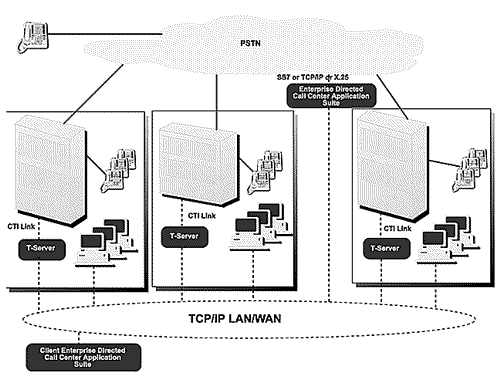ANI (Automatic Number Identification)
ANI (Automatic Number Identification) is a system utilized by telephone companies to identify the DN (Directory Number) of a calling subscriber.
Automatic number identification permits subscribers to capture or display caller’s telephone number. This feature was developed by AT&T, and it should not be confused with new caller ID services. AT&T developed this feature for internal long distance billing.
ANI technology is also offered to commercial customers who may benefit from knowing who is calling them. In addition, ANI is one of the core technologies behind the 911 emergency service.
ANI should not be confused with CID. This service is similar, but there are certain differences. In ANI, the line type and the telephone number of a calling party are captured, even in situations when caller ID blocking is on. ANI serves a function similar to Caller-ID, but utilizes different underlying technology. In addition, although Caller-ID can be blocked by prefixing a call with *67, ANI is (usually) impossible to block.
ANI information can be accessed through services provided by third party companies, but they charge for this service. In cases where calls are operator assisted, ANI is not transmitted.
ANI data is usually transmitted in-band using multi-frequency (MF) signaling. However, ANI data can also be transmitted separately if you have an ISDN PRI.

ANI (Automatic Number Identification Messages)
Automatic number identification has 2 components. These are information digits and the caller’s billing telephone number.
The format for an ANI message is:
- KP (Key Pulse)
- I (Information Digit)
- 7-10 digits (Directory Number)
- ST (Start Signal)
These messages are sent using multi-frequency (MF) signaling as shown below.
SignalFrequency #1Frequency #2
KP 1100 1700 KP2 1300 1700 1 700 900 2 700 1100 3 900 1100 4 700 1300 5 900 1300 6 100 1300 7 700 1500 8 900 1500 9 1100 1500 10 1300 1500 ST 1500 1700
The possible values of the Information Digit under ANI I are:
0 Automatic Identification (normal) 1 Operator Identification (ONI) 2 Identification Failure (ANI Failure)
ANI II adds many more options for the Information Digits. These are documented at NANPA.


Comments - No Responses to “ANI (Automatic Number Identification)”
Sorry but comments are closed at this time.